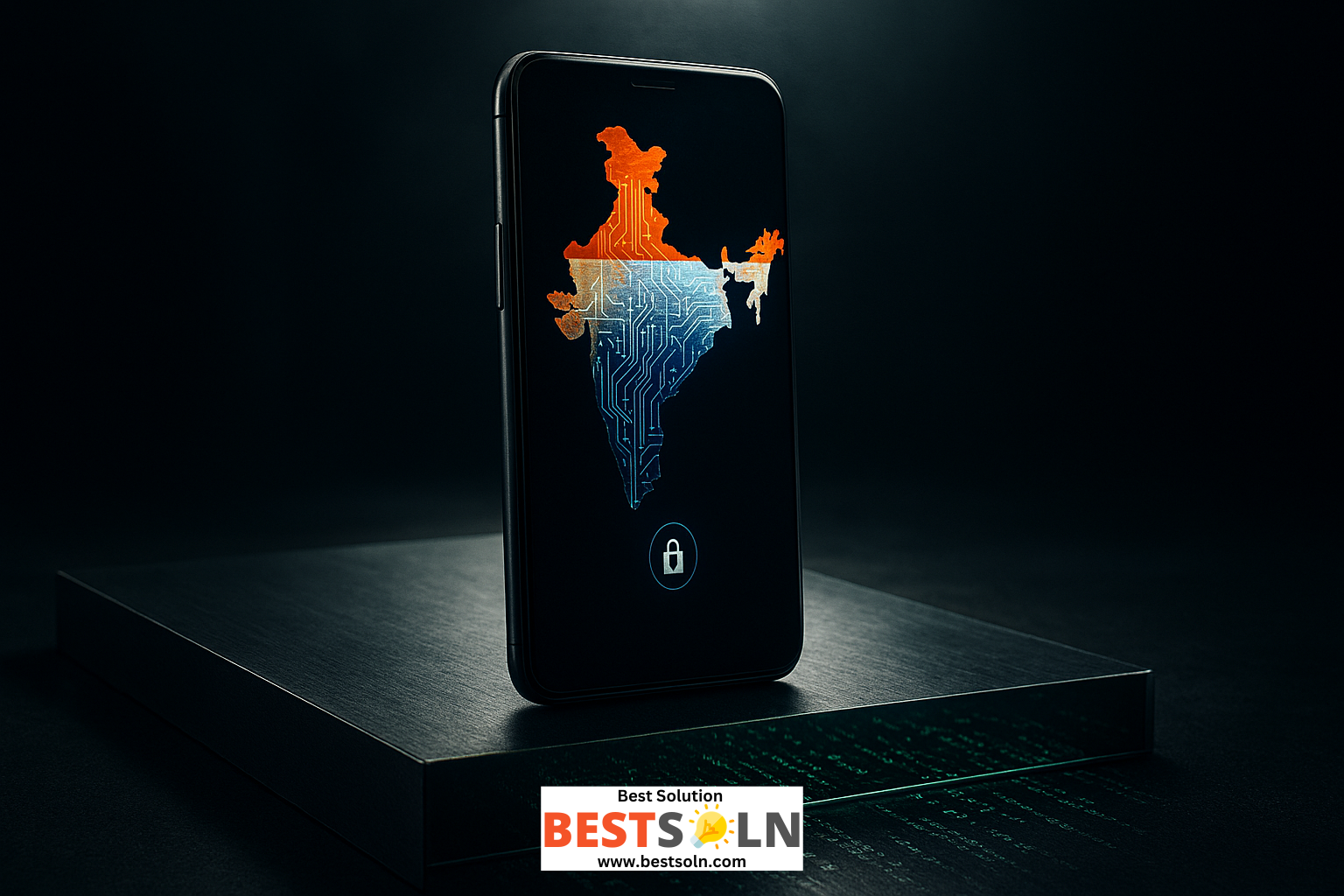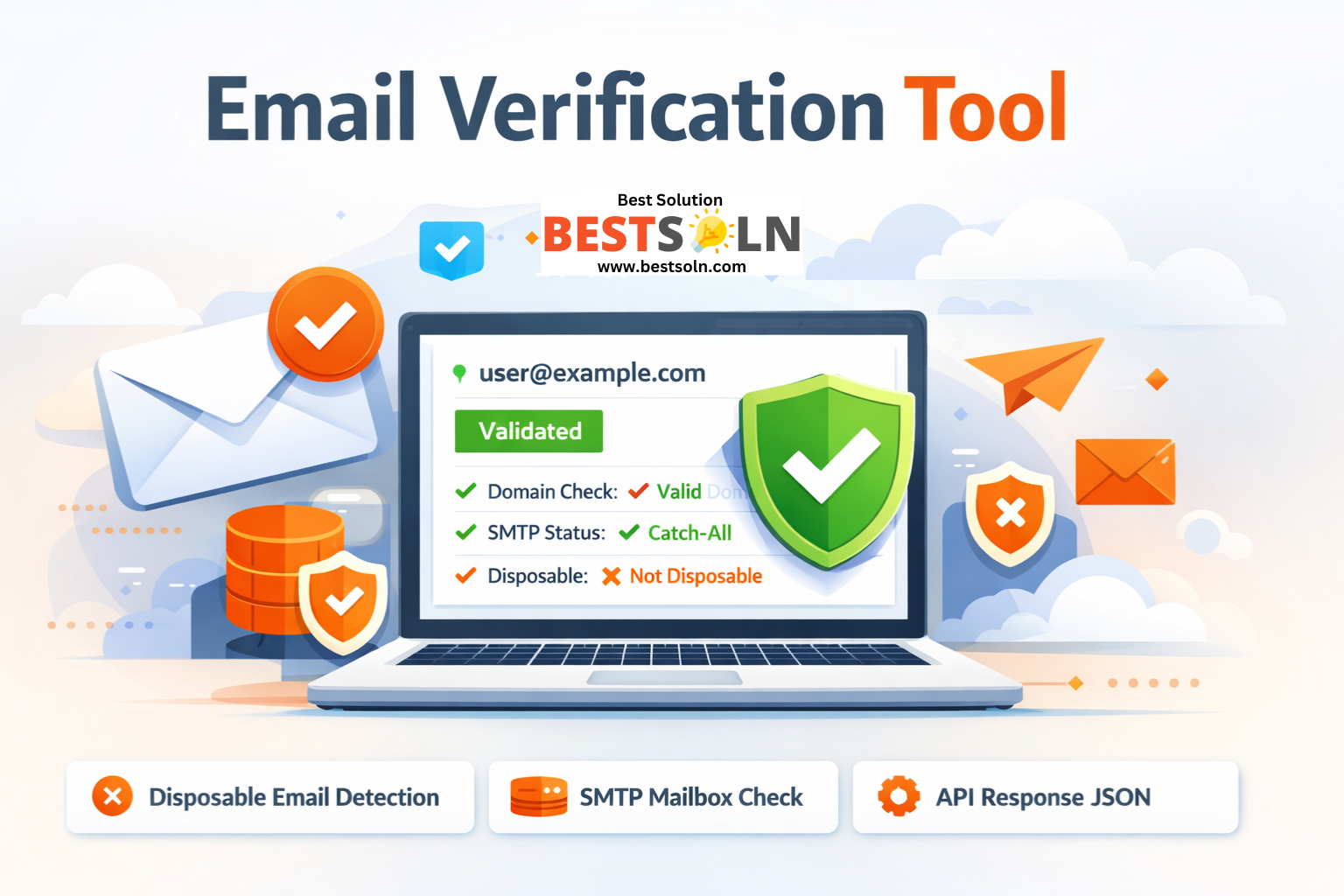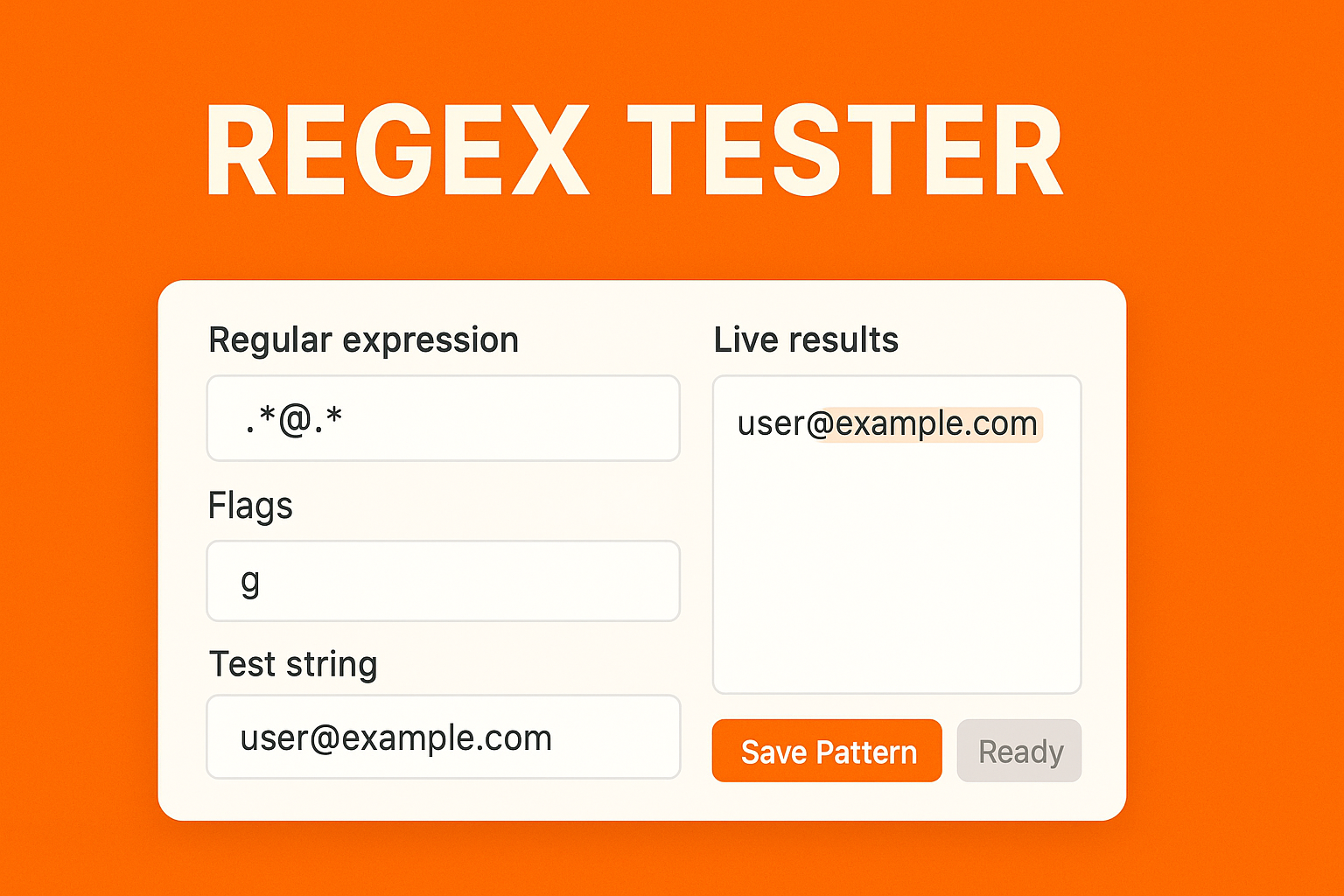- Home
- /
- Courses
- /
- Fundamentals of Intellectual Property
- /
- D. Trademarks – Building Brand…
Introduction
In a bustling marketplace where consumers are bombarded with choices, a single symbol, word, or phrase can cut through the noise, instantly evoking trust, quality, or emotion. Trademarks, the logos, names, and slogans that define brands, are the heartbeat of commerce, shaping how we perceive products and services. From the golden arches of McDonald’s to the swoosh of Nike, trademarks are more than legal protections; they are cultural touchstones that carry stories, values, and promises. This chapter delves into the world of trademarks, exploring their legal foundations, strategic importance, and evolving challenges in a globalized, digital economy.
Trademarks serve as the face of a brand, distinguishing goods or services in a crowded market while safeguarding against confusion and counterfeiting. For businesses, they are invaluable assets, often worth billions; for consumers, they are guideposts for quality and authenticity. Yet, the rise of e-commerce, social media, and global trade has complicated trademark protection, raising questions about cybersquatting, cultural appropriation, and brand dilution. Through vivid examples, legal insights, and practical applications, this chapter unravels the art and science of trademarks, equipping readers to navigate their role in commerce and culture.
The Essence of a Trademark
A trademark is a recognizable sign, design, or expression that identifies and distinguishes the source of goods or services. Trademarks can include words (e.g., “Coca-Cola”), logos (e.g., Apple’s bitten apple), slogans (“Just Do It”), or even non-traditional marks like sounds (MGM’s lion roar), colors (Tiffany’s robin’s-egg blue), or product shapes (the Coca-Cola bottle). Unlike patents or copyrights, which protect inventions or creative works, trademarks safeguard brand identity, ensuring consumers can distinguish one provider’s offerings from another.
To qualify for trademark protection, a mark must be:
- Distinctive: The mark must identify the source of goods or services. Distinctiveness ranges from arbitrary (e.g., “Apple” for computers) to descriptive (e.g., “Cold Beer”), with arbitrary marks receiving stronger protection.
- Used in Commerce: Trademarks must be actively used in the sale or advertising of goods/services. For example, a logo designed but never used cannot be trademarked.
- Non-Confusing: The mark must not cause confusion with existing trademarks. This is assessed by factors like similarity, market proximity, and consumer perception.
Trademarks are protected through registration with bodies like the U.S. Patent and Trademark Office (USPTO) or the European Union Intellectual Property Office (EUIPO), though common-law rights can arise from use alone in some jurisdictions. Protection lasts indefinitely, provided the mark is renewed (every 10 years in the U.S.) and remains in use.
The Trademark Registration Process
Registering a trademark is a strategic step to secure exclusive rights and legal recourse. The process, while less complex than patent applications, requires precision:
- Trademark Search: Before filing, applicants conduct a search (e.g., via USPTO’s TESS database) to ensure the mark is available and does not infringe existing trademarks. For instance, a new coffee shop named “Starbuck” would likely face rejection due to similarity with “Starbucks.”
- Application Filing: The applicant submits details about the mark, its intended use, and the goods/services it covers, classified under the Nice Classification system (45 classes, e.g., Class 25 for clothing). Applications can be based on current use or intent-to-use.
- Examination: A trademark examiner reviews the application for distinctiveness, potential confusion, and compliance with legal requirements. Objections may require amendments or arguments.
- Publication and Opposition: If approved, the mark is published in an official gazette (e.g., USPTO’s Official Gazette), allowing third parties to oppose within a set period (30 days in the U.S.).
- Registration: If unopposed, the mark is registered, granting nationwide protection and the right to use the ® symbol. The process typically takes 12–18 months and costs $250–$350 per class in the U.S.
For example, Nike’s “swoosh” logo, registered in 1974, has become a global symbol of athletic excellence, protected across multiple jurisdictions.
Trademark Infringement and Dilution
Trademark infringement occurs when an unauthorized party uses a mark likely to cause consumer confusion. Courts assess factors like mark similarity, product relatedness, and consumer sophistication. A famous case is Louis Vuitton v. Haute Diggity Dog (2007), where a pet toy brand’s “Chewy Vuiton” dog toys were deemed non-infringing due to parody and lack of confusion with Louis Vuitton’s luxury goods.
Trademark dilution, a related concept, protects famous marks from uses that weaken their distinctiveness (blurring) or tarnish their reputation. For instance, using “Rolex” for low-quality products could dilute its prestige. Remedies for infringement or dilution include injunctions, damages, and destruction of infringing goods.
Global Trademark Systems
Trademarks are territorial, requiring separate registrations in each country. The Madrid Protocol, administered by WIPO, simplifies this by allowing a single international application to seek protection in over 120 countries. Regional systems, like the EUIPO’s Community Trademark, offer unified protection across multiple nations (e.g., 27 EU countries).
Global enforcement faces challenges, particularly in regions with weak IP laws or rampant counterfeiting. For example, China has historically been a hotspot for counterfeit goods, costing brands like Gucci and Prada billions. International treaties like the TRIPS Agreement (1994) set minimum standards, requiring member countries to provide effective trademark protection and enforcement mechanisms.
Domain Names and Cybersquatting
The internet has transformed trademark law, with domain names becoming virtual storefronts. Cybersquatting—registering domain names mimicking trademarks to extort money or divert traffic is a growing issue. The Uniform Domain-Name Dispute-Resolution Policy (UDRP), established by ICANN, allows trademark owners to reclaim infringing domains. For example, in 2000, Madonna won a UDRP case to recover “madonna.com” from a cybersquatter.
Social media handles and hashtags also raise trademark issues. Brands like Tesla monitor platforms like X to prevent unauthorized use of their names in usernames or posts, ensuring brand consistency.
Brand Management and Licensing
Trademarks are powerful business assets, often valued higher than physical property. Interbrand’s 2024 report estimated Apple’s brand at $547 billion, driven by its iconic logo and reputation. Effective brand management involves:
- Consistency: Ensuring the mark is used uniformly across products and marketing.
- Monitoring: Policing unauthorized use, such as counterfeit goods or social media misuse.
- Licensing: Allowing third parties to use the mark under controlled terms. For instance, Disney licenses its characters for toys and apparel, generating significant revenue.
Licensing agreements specify scope, royalties, and quality control to prevent brand dilution. A poorly managed license, like a low-quality Mickey Mouse toy, can harm Disney’s reputation.
Challenges and Controversies
Trademarks face evolving challenges:
- Cultural Appropriation: Using culturally significant symbols as trademarks, like Native American names or imagery, can spark backlash. The Washington Redskins’ rebranding to the Commanders in 2022 followed years of controversy over its name.
- Genericide: When a trademark becomes synonymous with the product, it risks losing protection (e.g., “aspirin” was once a Bayer trademark). Brands like Xerox and Kleenex invest heavily to prevent genericide.
- Non-Traditional Marks: Protecting sounds, scents, or colors is contentious, as courts debate their distinctiveness. Louboutin’s red sole trademark (2012) faced legal battles over its protectability.
- Global Counterfeiting: The OECD estimated in 2019 that counterfeit goods, often infringing trademarks, account for 3.3% of global trade, impacting brand value and consumer trust.
These issues highlight the need for adaptive trademark strategies in a dynamic marketplace.
Trademarks in Action: Case Studies
Consider the case of Adidas v. Payless (2008), where Adidas won $305 million for Payless’s use of two- and four-stripe shoe designs mimicking Adidas’s three-stripe trademark. The case underscored the importance of distinctive design elements in brand identity.
Another example is the rise of “fast fashion” brands like Shein, which face accusations of trademark and design infringement. In 2023, Levi’s sued Shein for copying its trademarked pocket stitching, highlighting challenges in policing IP in global e-commerce.
Recommended Readings
- World Intellectual Property Organization (WIPO). (2004). WIPO Intellectual Property Handbook. Chapter 4 offers a clear overview of trademark law and its global frameworks, available at wipo.int.
- McCarthy, J. T. (2020). McCarthy on Trademarks and Unfair Competition. A definitive treatise on U.S. trademark law, covering registration, infringement, and dilution.
- United States Patent and Trademark Office (USPTO). Trademark Basics. A practical guide to the U.S. trademark process, available at uspto.gov.
- Dinwoodie, G. B., & Janis, M. D. (2014). Trademarks and Unfair Competition: Law and Policy. An in-depth analysis of trademark law’s legal and economic dimensions.
- WIPO. (2013). Madrid System for the International Registration of Marks. A guide to the Madrid Protocol, available at wipo.int, explaining global trademark registration.
Conclusion
Trademarks are the cornerstone of brand identity, transforming simple symbols into powerful assets that drive commerce and culture. This chapter has explored the legal foundations, registration processes, and strategic uses of trademarks, alongside their challenges in a digital, globalized world. From Adidas’s three stripes to disputes over cybersquatting, trademarks shape how businesses compete and consumers choose. As we navigate an era of rapid technological and cultural change, understanding trademarks is essential for protecting brand value and fostering trust. The next chapter will explore trade secrets, uncovering how businesses safeguard their most confidential assets in a competitive landscape.



















